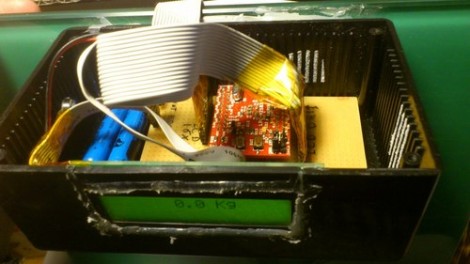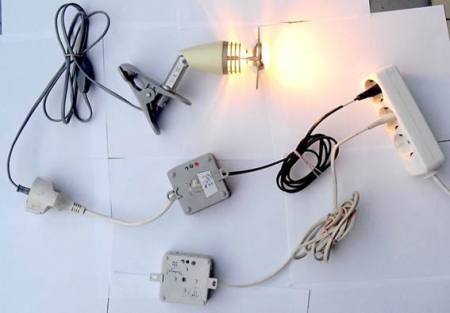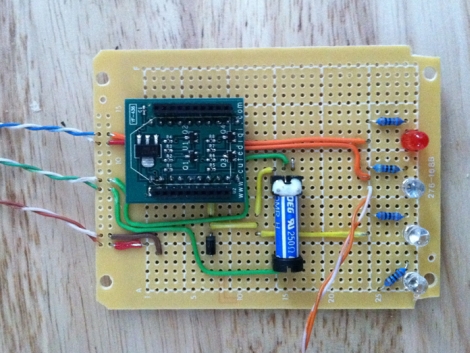
[Casainho] wanted to track his body weight using an app on his Android phone. He just needed a way to get the weight readings onto the device automatically. He ended up adding Bluetooth to a bathroom scale and hacking the app to grab data from it.
The scale which he hacked is a digital model, which makes it possible to read the weight data if you know what you’re doing. [Casainho] already completed a weight logging scale hack which stored the data on an SD card. So this was a recreation of that project but with a Bluetooth module for the output rather than the card for storage.
Now you can buy WiFi enabled scales, but that’s not nearly as fun as a hack like this. Plus one of those will cost you around $200 and the hardware for this version came it at only $75. It includes an LPC2103 dev board, $6 Bluetooth module, character display, batteries, and misc. supplies. The software end of the hack was helped greatly by the fact that the Android apps which [Casainho] is using are both open source.
















